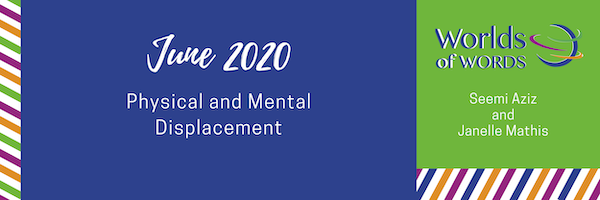 By Seemi Aziz, The University of Arizona, Tucson, AZ and Janelle B. Mathis, University of North Texas, Denton, TX
By Seemi Aziz, The University of Arizona, Tucson, AZ and Janelle B. Mathis, University of North Texas, Denton, TX
As we read contemporary stories about immigration, developing identity, bullying, children facing inequities and challenges in their families, schools, communities, and many other social issues that serve to give voice through story to children everywhere, we see that displacement is a theme woven throughout these stories. Both physical and mental displacement are experiences not uncommon to all young people since the world ‘displacement’ implies being removed from that which is known, comfortable, or expected. If approached in a way that points to the many aspects of displacement that align with everyday experiences, as well as to those experiences that are the result of conflict, trauma or conditions out of the control of the child, these characters can reveal personal attributes that support actions, decisions, and personal perspectives in times of displacement. Such attributes are demonstrations of resiliency and agency in the face of challenge.
In the past few months, globally, both children and adults have been dealing with a variety of forms of displacement–removed from their daily workplaces, activities, interactions with others, and even how they attend to everyday needs. The displacement as a result of the COVID-19 pandemic involves both mental and physical challenges, and yet, we need reminders that these can be met critically, creatively, and successfully. Therefore, this month, we wanted to respond to books that reveal children placed in situations of displacement with the hope that the way in which they handle their situations reflects attributes and actions that speak in hopeful ways to the challenges of readers. For the first two weeks, we will share a novel each week in which a global context reveals children dealing with extreme situations of displacement. In the following weeks, we will suggest other books, inclusive of picture-books, that provide diverse perspectives and situations around the topic of displacement–books that examine displacement in everyday situations and for varied ages of readers.
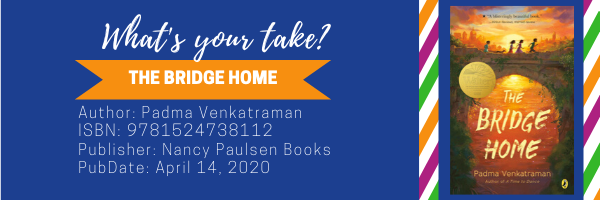 Continue reading →
Continue reading →



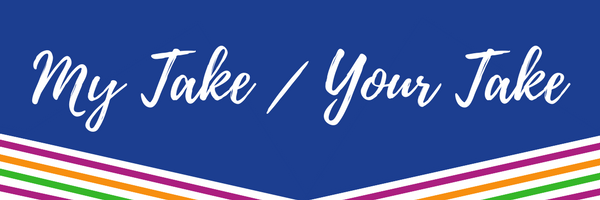
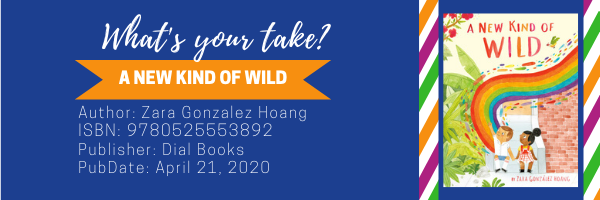
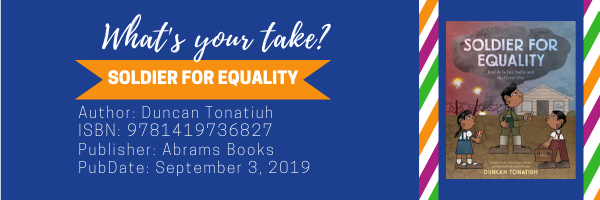

 By Seemi Aziz, The University of Arizona, Tucson, AZ and Janelle B. Mathis, University of North Texas, Denton, TX
By Seemi Aziz, The University of Arizona, Tucson, AZ and Janelle B. Mathis, University of North Texas, Denton, TX

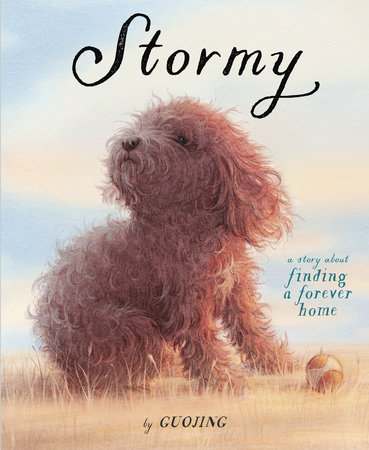 Stormy, by Chinese author/illustrator Guojing, captures attention from a first look at its cover: a small, curly-haired dog and his ball created in soft hues with pencil and watercolor. The assumption can easily be that this is another lovely dog story, potentially appealing to both young and old. However, opening this book reveals a visual narrative whose art goes beyond just “another dog story.”
Stormy, by Chinese author/illustrator Guojing, captures attention from a first look at its cover: a small, curly-haired dog and his ball created in soft hues with pencil and watercolor. The assumption can easily be that this is another lovely dog story, potentially appealing to both young and old. However, opening this book reveals a visual narrative whose art goes beyond just “another dog story.” 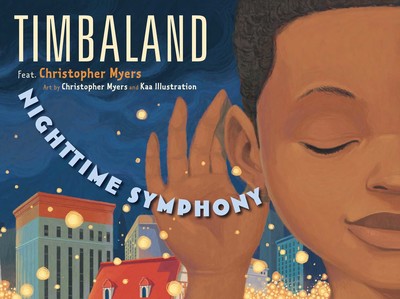 For this last post focused on the role of literature in supporting music’s importance as a multimodal approach to living and learning in the global society, we consider books that reflect the cognitive support between language and music. The development of both music and language for young learners has been revealed as a somewhat reciprocal process. Recent research, has revealed that the brain regions that process syntax are also responsible for other communicative forms such as music. Concepts about print, conventions of print, rhythm, rhyme and patterned texts are each nurtured by music. Phonological awareness and auditory discrimination of letters and notes, important in language learning, are also important in developing communication through music. Literature offers resources that support these processes. Poetry, obviously, provides rhythm and often rhyme; onomatopoetic words within text can sharpen listening skills; language can help develop a sense of dynamics, tempo, and emotional qualities; and books that point to the importance of listening to the sounds around us link the natural world as a form of communication.
For this last post focused on the role of literature in supporting music’s importance as a multimodal approach to living and learning in the global society, we consider books that reflect the cognitive support between language and music. The development of both music and language for young learners has been revealed as a somewhat reciprocal process. Recent research, has revealed that the brain regions that process syntax are also responsible for other communicative forms such as music. Concepts about print, conventions of print, rhythm, rhyme and patterned texts are each nurtured by music. Phonological awareness and auditory discrimination of letters and notes, important in language learning, are also important in developing communication through music. Literature offers resources that support these processes. Poetry, obviously, provides rhythm and often rhyme; onomatopoetic words within text can sharpen listening skills; language can help develop a sense of dynamics, tempo, and emotional qualities; and books that point to the importance of listening to the sounds around us link the natural world as a form of communication.  As we realize, music has been part of mankind’s history since its beginning. The 2019 published books shared here reflect only a few of the ways it has been woven into lives but can encourage readers to seek instances across genre. Broadway is known as the place where music and story intersect in powerful ways and the voices of Broadway impact how these stories are told.
As we realize, music has been part of mankind’s history since its beginning. The 2019 published books shared here reflect only a few of the ways it has been woven into lives but can encourage readers to seek instances across genre. Broadway is known as the place where music and story intersect in powerful ways and the voices of Broadway impact how these stories are told. 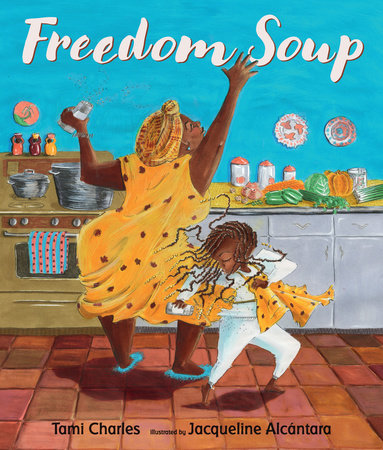
 Music as a multimodal form of communication can be traced back to primitive societies where it served in many cultural roles, for example in religious rituals, healing processes or sharing societal ideologies. Throughout history, music has been an aesthetic engagement for both performers and listeners, a source of hopefulness and encouragement, as well as a cognitive practice. Music aligns with literature in that both enable us to share our stories (often with stories embedded in music), learn more about ourselves and others and comprehend the world around us as it supports the development of intercultural competencies. It is more recently acknowledged that music and literacy are processed through the same cognitive areas of the brain, pointing to an even closer connection between language and music (Mathis, 2019).
Music as a multimodal form of communication can be traced back to primitive societies where it served in many cultural roles, for example in religious rituals, healing processes or sharing societal ideologies. Throughout history, music has been an aesthetic engagement for both performers and listeners, a source of hopefulness and encouragement, as well as a cognitive practice. Music aligns with literature in that both enable us to share our stories (often with stories embedded in music), learn more about ourselves and others and comprehend the world around us as it supports the development of intercultural competencies. It is more recently acknowledged that music and literacy are processed through the same cognitive areas of the brain, pointing to an even closer connection between language and music (Mathis, 2019).